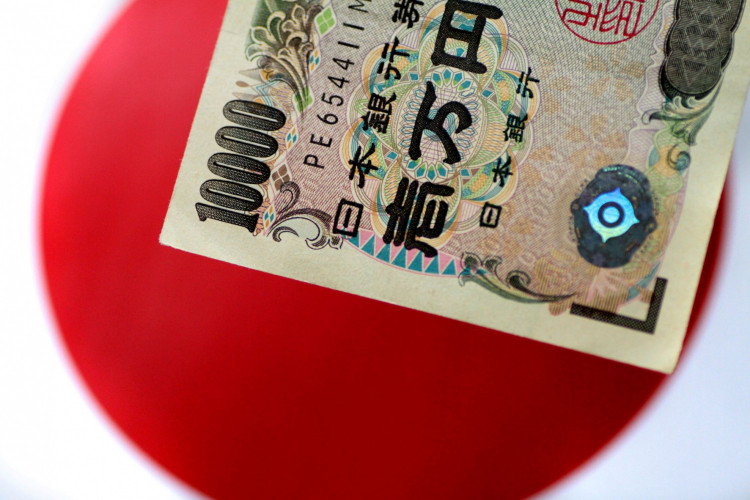The yen has plummeted to its weakest point since 1986, igniting speculation that Japanese authorities might soon step in to support the struggling currency. On Wednesday, the yen sank to 160.39 per dollar, a level not seen since December 1986, driven by a growing interest rate gap between Japan and the United States. This depreciation has put Japan's Ministry of Finance and central bank under intense scrutiny, with traders eagerly watching for any signs of intervention.
Joe Tuckey, head of FX analysis at broker Argentex, commented, "The ubiquitous view is that demand will increase during the summer, and with OPEC+ cuts fully in place until October, global and OECD stocks ought to deplete." He added that "convincing stock draws in the US would go a long way to bolster this optimism," reflecting market sentiments. The yen's decline is exacerbated by the popularity of carry trade strategies, where investors borrow in low-yielding currencies like the yen to invest in higher-yielding assets.
Despite Japan's interest rates being raised to a range of zero to 0.1%, the US rates of 5.25% to 5.5% have driven investors towards the dollar, adding further pressure on the yen. Top currency diplomat Masato Kanda reiterated on Monday that Japan was ready to take action against excessive market moves, but traders largely ignored this warning after previous interventions failed to halt the yen's decline.
"Perhaps a few months ago, that would have been heeded more by the market than it is now, because it's not being backed up by any change in rates," Tuckey explained. Analysts suggest that a further rate hike from the Bank of Japan in late July might help support the yen, but a durable rally would likely require Federal Reserve interest rate cuts.
The dollar index, which tracks the currency against six peers, rose 0.3% to 105.99, its highest since May 1. Market participants are keenly awaiting Friday's US personal consumption expenditure (PCE) inflation report, which could influence the trajectory of the Federal Reserve's monetary policy. A lower-than-expected number could raise bets on Fed rate cuts this year, potentially providing some relief to the yen.
The yen's depreciation has not only economic but also geopolitical implications. "Rhetoric from the Ministry of Finance in recent days has signaled increased concern," said Erik Nelson, macro strategist at Wells Fargo in London. He anticipates that Japanese officials might wait until the currency slides to 165 per dollar before intervening, a level that other banks, including Bank of America, consider a new "line in the sand" for authorities.
Japan has already spent a record ¥9.8 trillion ($61.1 billion) in recent bouts of intervention. Citigroup Inc. estimates the country has between $200 billion and $300 billion in reserves to fund any future intervention. So far this week, officials in Tokyo have limited their response to verbal warnings. Finance Minister Shunichi Suzuki stated that the government is closely monitoring market developments and will take all possible measures as needed.
"If the moves start to get disorderly north of 160, they may come in to smooth the move," said Win Thin, global head of markets strategy at Brown Brothers Harriman & Co in New York. "Until the Bank of Japan tilts more hawkish, the upside for USD/JPY is the path of least resistance."
The yen's decline has already had significant domestic repercussions, raising the price of imports and hurting Japanese consumers. The yen has weakened more than 12% this year, the largest depreciation among developed world currencies.
The yen's struggle is part of a broader trend in the currency markets. The euro slipped 0.3% to $1.0683 after a European Central Bank policymaker hinted at further rate cuts this year. In contrast, Fed Governor Michelle Bowman has stated she does not expect any US rate cuts this year. Meanwhile, the Australian dollar saw a temporary rise following news of accelerating inflation, and the Chinese yuan fell to a seven-month low amid a gradual weakening of its midpoint trading range against the dollar.






